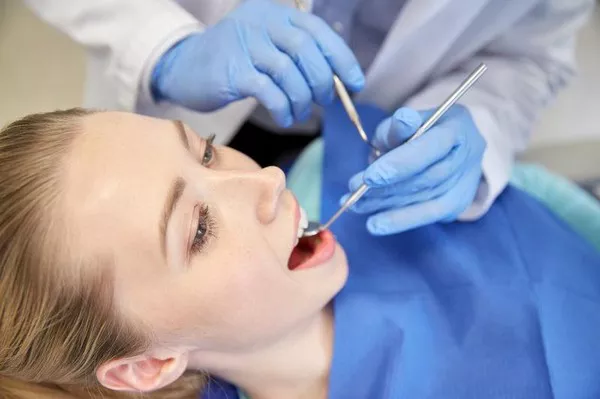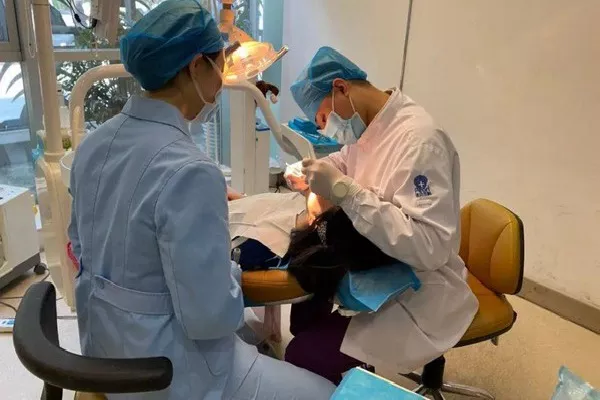Embarking on the journey of dental implant surgery marks a significant step towards restoring a complete and functional smile. While the prospect of having dental implants can be exciting, understanding the recovery process is crucial for patients. This article aims to provide a comprehensive overview of the recovery timeline for dental implants, detailing the phases and factors that contribute to a successful healing journey.
1. Immediate Post-Surgery Period
Initial Discomfort: The immediate post-surgery period may involve some discomfort, swelling, and bruising. This is a natural response to the surgical intervention and should subside in the coming days.
Prescribed Medications: Dentists often prescribe pain medications and antibiotics to manage discomfort and prevent infection. It is essential for patients to follow the prescribed dosage and instructions.
2. The First Few Days: Managing Discomfort and Swelling
Swelling Management: Applying ice packs to the treated area can help reduce swelling during the first 48 hours. This should be done intermittently, allowing time for the skin to recover between applications.
Avoiding Certain Foods: Patients are advised to stick to a soft diet during the initial days, avoiding hot, spicy, or hard foods that may irritate the surgical site.
3. The First Week: Adhering to Care Instructions
Oral Hygiene Practices: Maintaining excellent oral hygiene is crucial during the first week. Patients may be provided with a special mouth rinse or advised to use a saline solution to keep the surgical area clean.
Avoiding Strenuous Activities: Strenuous activities, including intense physical exercise, should be avoided during the first week to prevent complications and allow the body to focus on the healing process.
4. Initial Healing Phase: Weeks 2 to 6
Follow-Up Appointments: Patients typically have follow-up appointments with their dentist during this phase to assess healing progress. X-rays may be taken to ensure proper osseointegration of the implant with the jawbone.
Gradual Resumption of Normal Activities: Depending on individual healing, patients can gradually resume normal activities. However, it’s essential to avoid anything that could impact the surgical site.
5. Osseointegration: Weeks 6 to 12
Critical Bone Integration: Osseointegration is a critical phase where the implant fuses with the surrounding jawbone. This process can take several weeks and is pivotal for the long-term success of the dental implant.
Caution with Chewing: While some normal activities can be resumed, caution should still be exercised with chewing, especially in the vicinity of the implant.
6. Final Restoration Phase: Weeks 12 and Beyond
Placement of Abutment and Prosthetic Tooth: Once osseointegration is confirmed, the dentist places the abutment, which connects the implant to the prosthetic tooth. The final prosthetic tooth is then attached, completing the restoration.
Regular Dental Check-Ups: Regular dental check-ups are recommended to monitor the overall health of the dental implant and address any concerns promptly.
7. Factors Influencing Recovery Time
Individual Healing Capacity: Each patient’s body responds differently to surgery. Factors such as overall health, immune system function, and adherence to post-operative care instructions can influence the recovery time.
Number of Implants: The number of implants placed in a single session can impact the overall recovery time. Patients receiving multiple implants may experience a longer recovery period.
Bone Density and Quality: The density and quality of the jawbone play a crucial role in osseointegration. Patients with sufficient bone density may experience a smoother and faster healing process.
Conclusion:
The recovery journey for dental implants is a phased process that demands patience and diligence from both patients and dental professionals. While the immediate post-surgery period may involve some discomfort and restrictions, each subsequent phase contributes to the successful integration of the dental implant into the oral structure.
Understanding the recovery timeline, adhering to prescribed care instructions, and attending regular follow-up appointments are paramount for a smooth recovery. Patients should communicate openly with their dental team, reporting any unusual symptoms promptly.
In conclusion, the investment in dental implants not only transforms smiles but also requires an investment in time and commitment to the recovery process. With proper care and attention, patients can look forward to a fully restored and functional smile that enhances their overall quality of life. As the weeks unfold, the journey from dental implant surgery to the final restoration unveils the remarkable resilience of the human body and the transformative power of modern dental techniques.
If You Have Dental Implants Can You Have An MRI
How Much Is A Gold Implant Tooth






























